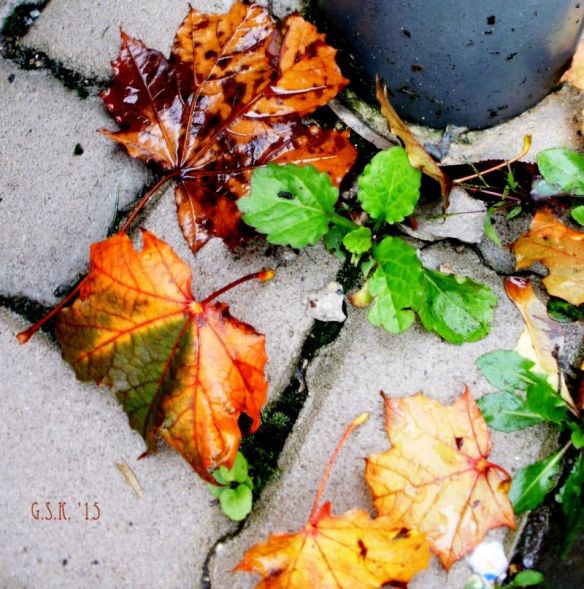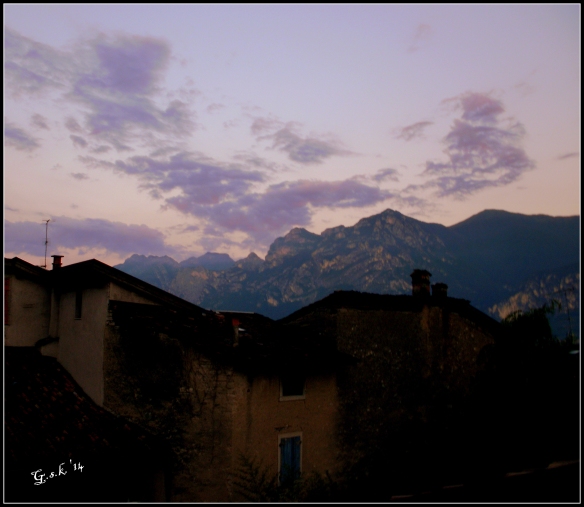Today, reading Carpe Diem Haiku Kai, I read a very interesting post that I’m going to paraphrase for you…with all the links…by Jen from Blog it or Lose it.
Jen is “ghost writing” this week for Carpe Diem and has introduced a Philipino poem called the “tanaga”. It is a 4 lined rhyming poem with 7 syllables for each line. Rhyme in a haiku site??? Let’s see what Jan has to say:
Why would I encourage a rhyming poem at Carpe Diem? First of all, it is sad to think of a dying poetic form. Second, even though Tanagas and haiku are different, we can use our expanding “haiku toolboxes” to great effect.
Now…about the tanaga:
Today I’d like to introduce you to the Tanaga, an ancient Filipino poem. While several of the Tanaga’s features might feel strange to everyone in Carpe Diem Haiku Kai, I hope you will give the poem a chance. Why? Because the Tanaga has been dying out in its native language, Tagalog. Several cultural groups encourage Tanagas written in English in an attempt to reach new audiences and keep the form alive.
Some sources call the Tanaga a “Filipino Haiku”, but that isn’t quite accurate. Like an English haiku, the Tanaga counts syllables. Unlike the haiku, the pattern is four lines of 7 syllables each (7-7-7-7).
The biggest difference is that the Tanaga rhymes; it has a pattern of AABB. In addition, ancient Tanagas were handed down through oral history and contain advice for living (1).
Here is an example of a Tanaga in archaic Tagalog (1):
Catitibay ca tolos
sacaling datnang agos!
aco’I momonting lomot
sa iyo,I popolopot.
Friars Juan de Noceda and Pedro de Sanlucar, 1754.
Oh be resilient you Stake
should the waters be coming!
I shall cower as the moss
to you I shall be clinging.”
Translation by Jardine Davies
I mentioned that Tanagas are reaching new audiences. As you might expect, new audiences bring changes. Today you will see Tanagas with titles and with new rhyming patterns (for example, AABB, ABAB, ABBA, AAAB, BAAA, and so on). Life advice (morals, ethics, proverbs) may or may not be present.
Jen wrote two tanaga about a Japanese Parable entitled “The Two Frogs”
Reeg, he said, looking backward;
blindly, his partner agreed.
Follow your flippers forward –
you can’t know till you’ve journeyed.
◊
amber eyes above the pond,
disc-like ears underwater —
just like frogs, we live longer
immersed but looking beyond
Now for my response!
 Evening glowing lamp light
Evening glowing lamp light
A beacon in darkest night
Guiding my footsteps onward
Towards bright morning…sunward
(c) G.S.K.
For more information about the post and blog, please click the link on “Two Frogs” above!
I’d like to thank our host Kristjaan for the lovely opportunities he gives us for new forms of haiku and poetry…and invite you all to drop by Carpe Diem Haiku Kai and be inspired!
Happy writing!





